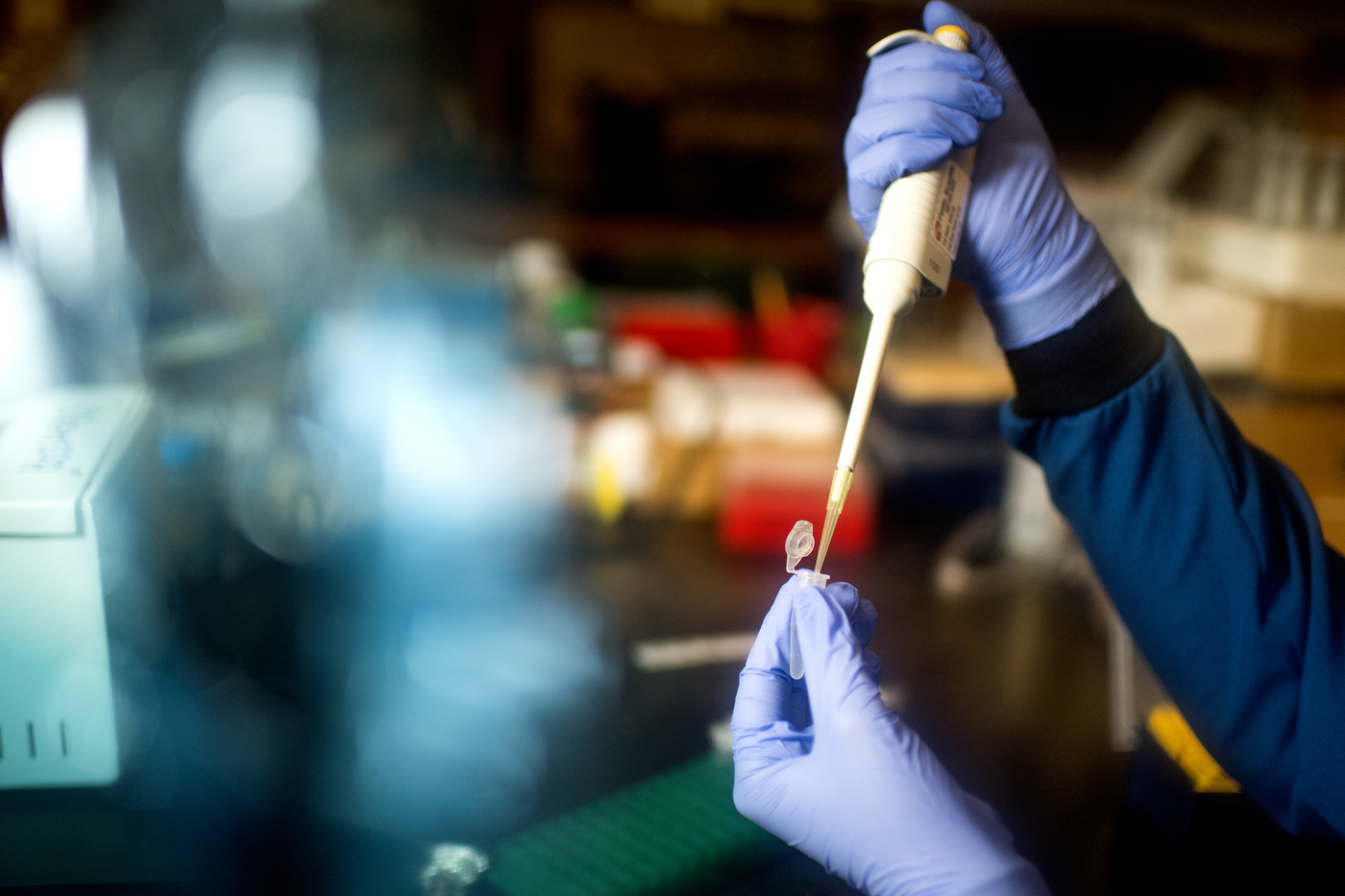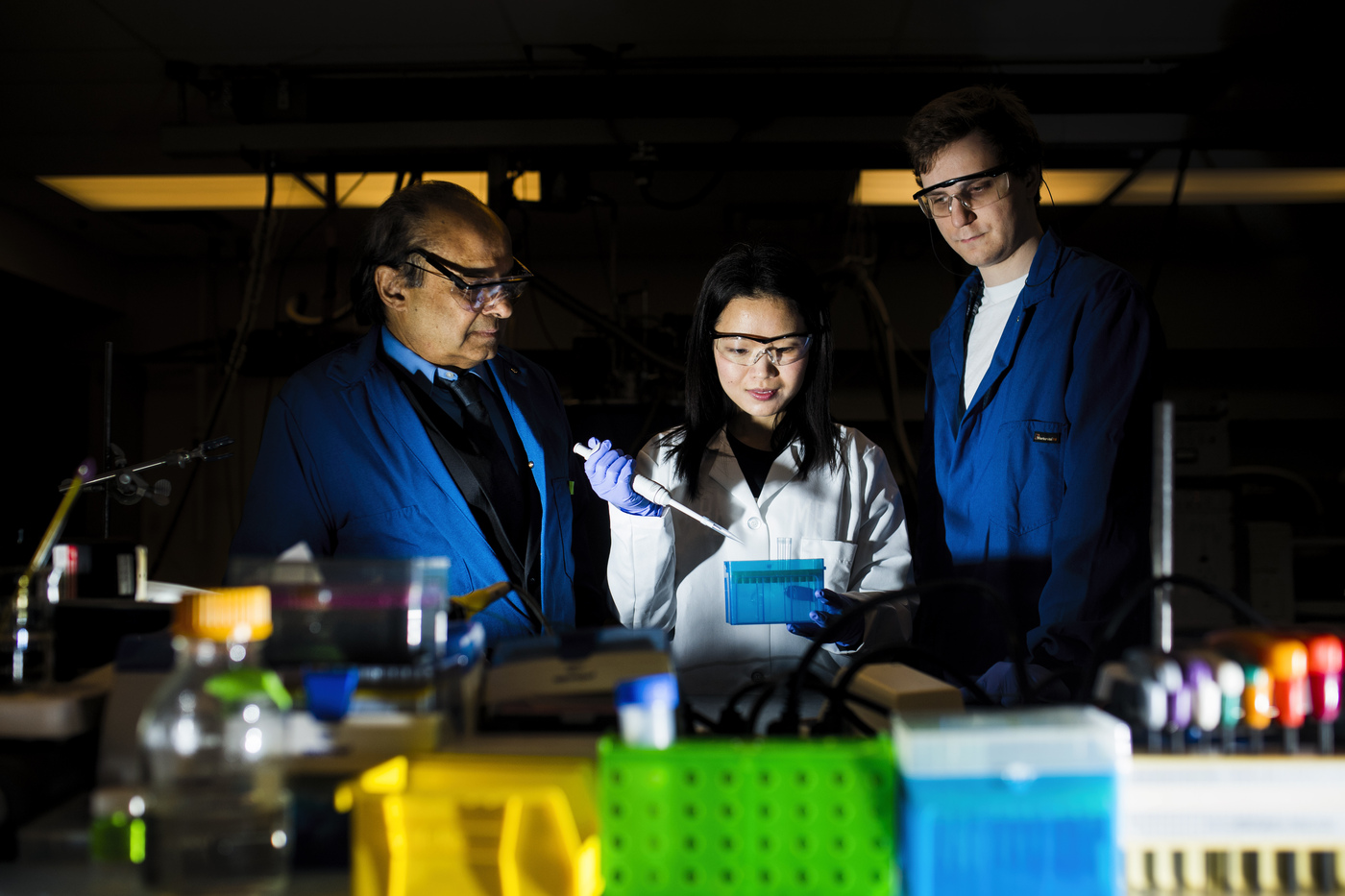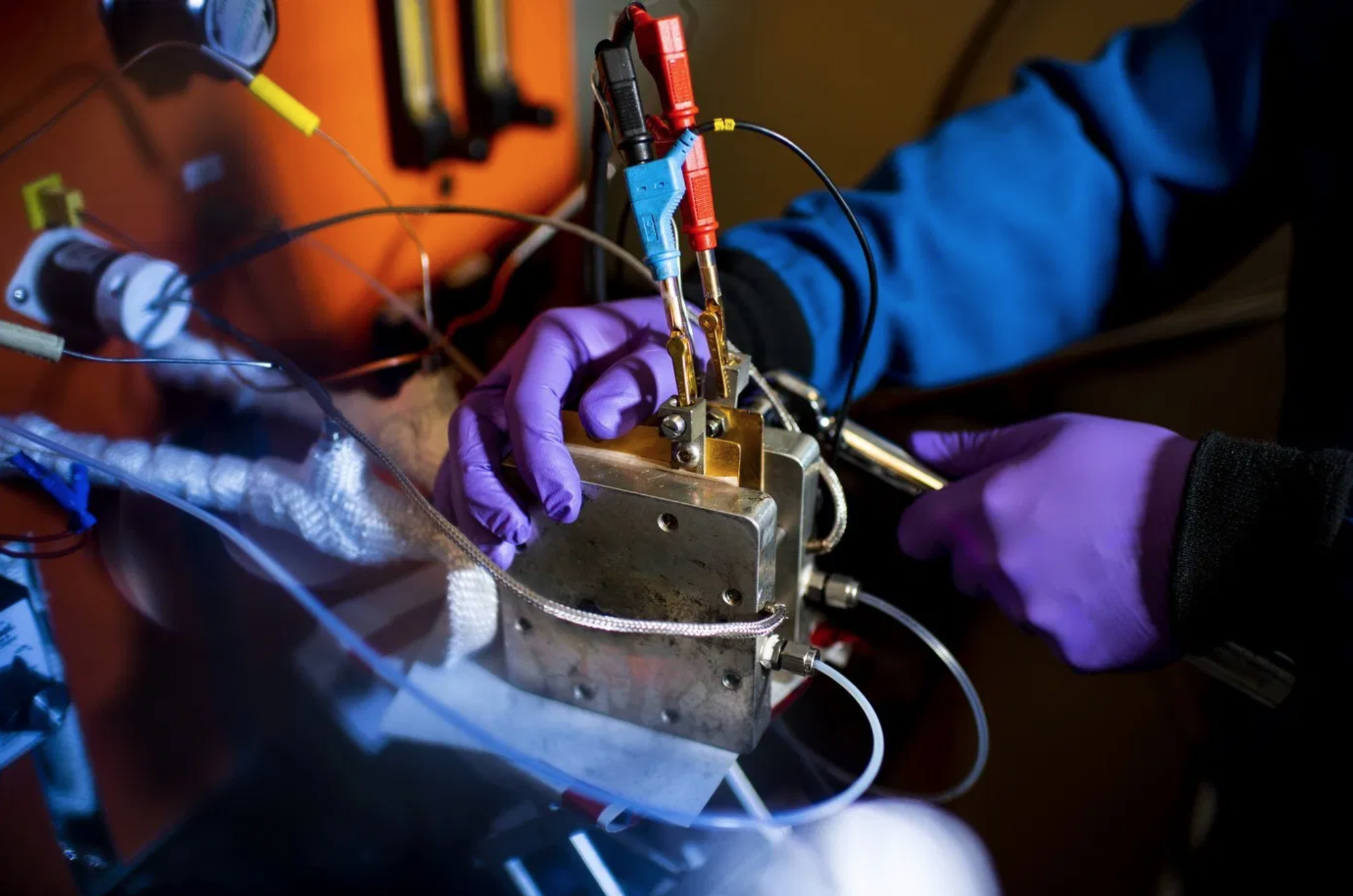
Science, Our Endless Frontier
The big questions of today require more than the sum total of our knowledge and ingenuity—they demand data, and lots of it. By harnessing powerful tools and algorithms, researchers can decode scientific complexities faster and at greater scales than ever before. A new, data-driven frontier has emerged, empowering scientists to transform our understanding of the world.
And with 37 interdisciplinary research centers and institutes, 15 of which are housed in the College of Science, Northeastern stands at the edge of the frontier. Come be a part of the next era of discovery.
























Sort By Research Area
The Altin-Yavuzarslan Engineered Living Systems Lab focuses on advanced biomanufacturing and material research. The lab designs engineered living materials (ELM) and 3D prints them to create functional form factors. We develop biocompatible polymers for ELM formulations and innovative encapsulation strategies for ELM design. Our goal is to fabricate smart ELM-based objects for on-demand production, sustainable environments, and biomedical applications.
The Institute was established in 1973 as a center for advanced interdisciplinary research in the chemical analysis sciences at Northeastern University, in the educational hub of Boston, Massachusetts. Today, with over 50 scientists and an $8 million endowment, the Institute is recognized internationally as one of the premier centers for cutting-edge research and advanced training in analytical chemistry for biomedical applications. Faculty include Michael Pollastri and Alexander Ivanov.
The Beuning laboratory at Northeastern is focused on understanding the structure-function-dynamics relationships of proteins and enzymes, with a particular focus on proteins involved in DNA metabolism and DNA damage tolerance.
The Biomaterials Design Group at Northeastern University works at the interface of bio-analytical chemistry, materials science, and design. We investigate fundamental mechanisms behind systems in biology and use our understanding to better inform the design new classes of protein-based biomaterials that may interface with or enhance the performance of humans.
The Booth lab undertakes drug developing starting with a GPCR structure-based ligand design approach using molecular modeling experiments, followed by synthesis of target ligands and in vitro molecular pharmacology assays to delineate their a nity and function.







In the News




